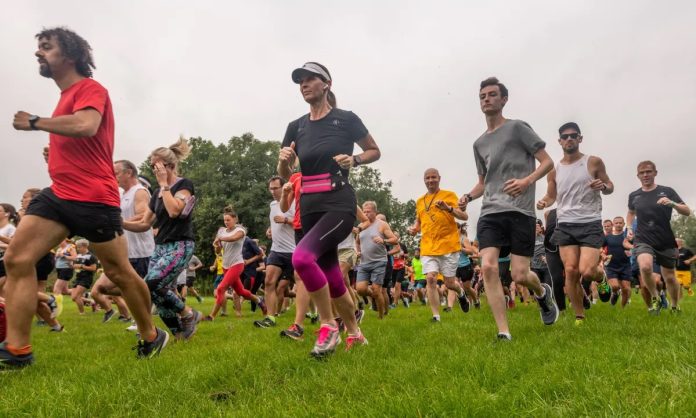- As you are aware, tremendous emphasis is always laid on physical well-being by every worthy voice emanating from society’s diverse quarters. Since times immemorial, we have been imbibed with the imperativeness of developing sound physical fitness, leading to improved energy levels, endurance, strength, and life span. Human beings strive to be blessed with a sound physical body endowed with inbuilt strength to keep illness at bay. Looking back at history always showcases how possessing great physical strength alongside a shrewd mind ensured several leaders of repute ruled the roost with panache. A person with a physical disability is always considered a handicap. Not for nothing it is mentioned with absolute conviction that health is indeed the greatest wealth.

PC: Medium
- However, with the advent of technology-driven advancements leading to the introduction of several worthwhile but easy amenities for the use of humankind, the hitherto practiced physical activities have considerably come down. No wonder, the present-day modern world is witnessing an altered lifestyle change for human beings from being physically active to a sedentary existence leading to unheard-of diseases, illness, and complications. The moot point to ponder over here is whether a country can get sedentary before it gets rich. The mind-boggling modern innovations, inventions, and initiatives will allow this phenomenon to take deep roots creating a make-believe world for this generation. But at what cost? Sadly, it’s terrible for health perspectives.
- We are aware that physical inactivity is called the silent killer. Because of how its effects can creep up unnoticed year after year, decade upon decade. Until one day, one is diagnosed with a serious non-communicable disease. The majority will surely have seen sedentariness increase around us since their childhood. And yet a pooled analysis of 507 surveys across 163 countries and territories, published in Lancet last week, surprises with the scale of its estimate of the malaise. As much as a third of the global population and half of India’s adults do not meet the WHO-recommended levels of physical activity. This must be regarded as a ticking time bomb. Another surprise is that insufficient physical activity is generally higher among women.

PC: Morning Coach
- South Asia shows a maximum sex difference, of 14 percentage points. Remember, India is an agricultural society, and even other kinds of physical labor are a significant income source, we wonder how so many Indians can afford to be sedentary. Because women have so much household responsibility, and many have farm responsibility on top, we wonder how women of non-rich countries can lag the men in physical activity. These disjunctions call for deeper health profiles. They need to be taken seriously because they track with other studies. The authorities must create wider awareness about counting our calories and steps, actively indulging in physical activities, better dietary understanding, and holistic living standards. The onus is on us, the individuals.






